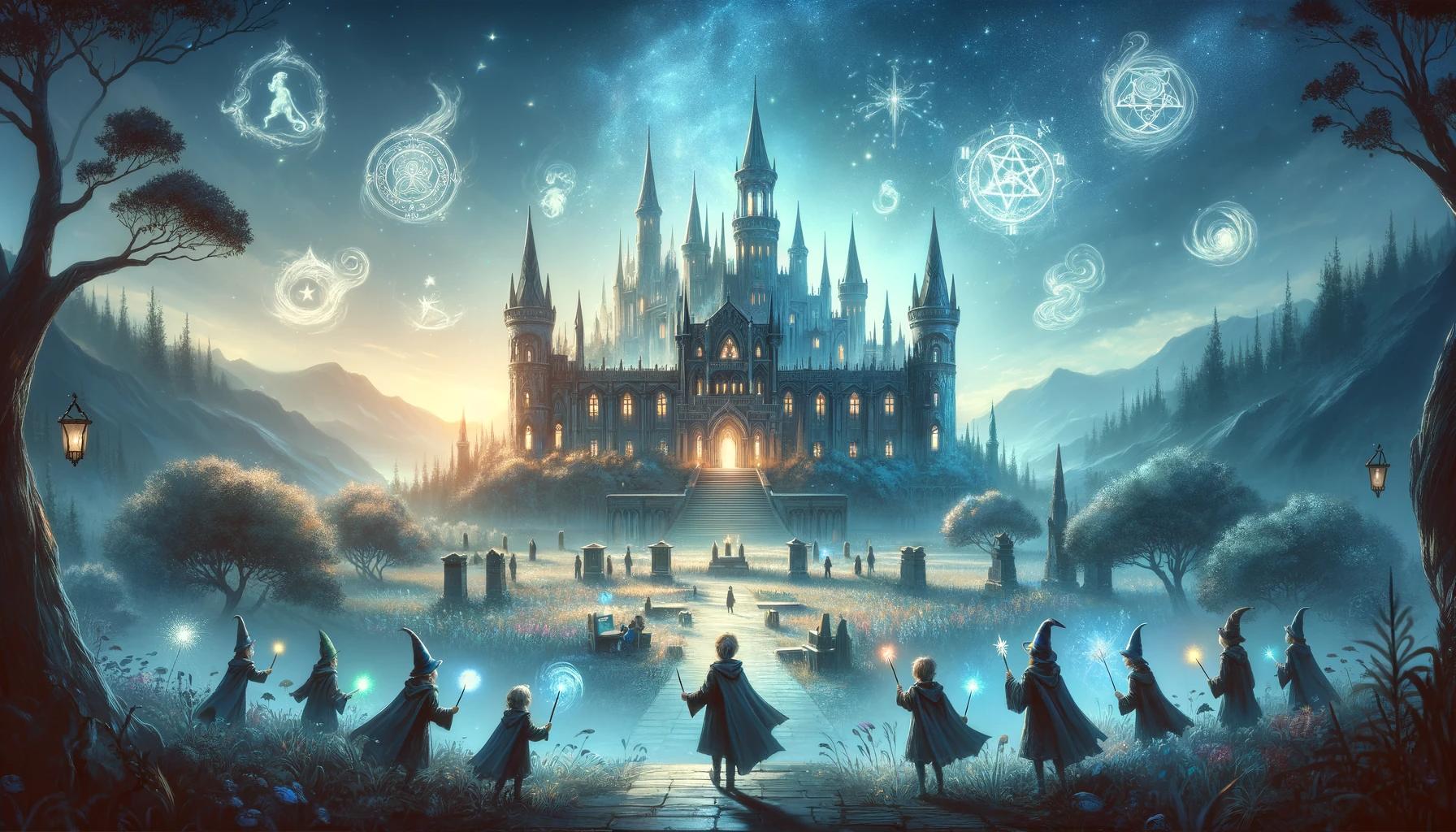How to Write a Romance Novel

Five Steps for Writing Compelling Romance Novels
Writing a Romance Story With Chapterly
Romance is one of the most popular categories of fiction, making up nearly a third of the market. Romance readers are committed fans, with many reading more than a book a month. With its large fan base, it's no wonder many writers want to write a romance book.
Plot basics revolve around a fairly standard theme: boy meets girl, boy loses girl, boy gets girl. While the variations on this plot are innumerable, including stories about non-heterosexual couples, the idea in romance writing isn't to break this mold. The goal is to tell a story in a unique way, with relatable characters who struggle through obstacles before they finally wind up together. Skip the happy ending, and you might not have a true romance on your hands.
Romance is one of the most popular categories of self-published fiction. This doesn't mean it's an easy genre to write, but it does mean that self-published authors who put in the time to create a well-written, well-produced book have a chance to enjoy commercial success.
Using Chapterly to write your romance novel puts you ahead of the competition, offering a host of tools to help keep you organized and on track. Additionally, if you're self-publishing, Chapterly can help you with formatting, cover design, and more.
Step 1. Research Your Romance Subgenre
Romance novels have several subgenres. Some of the most well-known are historical, fantasy, contemporary, erotica, young adult, and supernatural/paranormal. Each subgenre has its own style and conventions.
Before you begin writing, take the time to read several highly ranked books in your chosen subgenre. This will give you a feel for the tropes and conventions of that genre and help you understand what readers want. While some writers enjoy immediate name recognition, like Nora Roberts or Julia Quinn, many successful romance authors are not well-known names. The multiple variations of the genre leave room for all kinds of stories. Although romance readers are overwhelmingly female, that doesn't mean they're all reading the same books. Take the time to research not only the well-known work in your subgenre, but its readership as well.
After you've done plenty of background reading and feel like you understand your audience, you may still have research to do. Depending on the romance subgenre you're writing in, you might need to read up on history, magical beings, or the city in which your story is set. Many writers have heard the adage, "Write what you know." That doesn't mean you have to only write about things you've personally experienced. That's why you do research!
Step 2. Create a Setting That Transports Your Reader
Romance offers escapism to its readers, and that requires an interesting setting that allows a reader to fully immerse herself in the world you've created. It might be a real place, or it could be an entirely made-up world. Your job as a writer is to make this setting come alive for your reader. This means spending time describing not just the scenery but also the sounds, smells, and textures of the world where your characters live.
While the setting is always an essential factor in any fiction, it plays a slightly larger role in romance. Your reader wants to be swept away into an alternative reality, and doing that requires a bit more attention to the details of that place. If you're writing a contemporary romance, what does the heroine's house look like? Her workplace? Does her town have two-lane roads, or is the community so small that they have dirt roads? If your story is set in 1880, you may need to do some additional research to be sure you have the details correct. (You do know what a bustle is, right?) Romance readers tend to read voluminously and have a critical eye when it comes to the genres they enjoy the most. Get the details wrong, and you'll lose your reader.
When using Chapterly to write your romance novel, you can take advantage of its tools that keep your research and notes organized. If you're writing a series, which many romance authors do, Chapterly's tools can help you maintain continuity throughout your work.
Step 3. Craft Realistic Characters
Your heroine and her love interest must be believable, likable, realistic people. Readers want to picture themselves in the heroine's shoes, and they want to swoon over that handsome man right along with her. Neither character should be without a few flaws and struggles. In real life, people have problems with family, finances, neighbors, kids – and your characters should, too. While it may be tempting to write the male character as a Prince Charming type who is perfect in every way, in reality, those people don't exist.
Secondary characters will also need to be well-developed. Romances usually involve more people than the couple. What's her best friend like? Does he have a pesky brother? In real life, the people around a couple often play an important role in a relationship. In a romance novel, it's no different.
Readers will also want to understand your characters' motivation. If Jennifer has moved back to the tiny seaside town of St. Charles, why did she move? If Tom is reluctant to ask her out on a date, why is he hesitant?
Step 4. How to Handle Love Scenes
Romance novels can have explicit sex scenes, or they may fade to black as the couple becomes intimate. Either way, readers expect a certain amount of sexual friction between the couple. This is a central feature of romance. Building the tension between your main characters is an essential part of the story. Whether you elect to write details about the consummation of their love or not, you still need to show that they're attracted to each other, with kissing, hugging, and other forms of affection. Adult romance readers expect some sexuality and will be disappointed if this crucial aspect of a romance is excluded.
Erotica is the romance genre that offers the most graphic sex scenes, but "clean and wholesome" is also an Amazon category for romance. Reading widely is your best bet to ensure you're striking the right balance with your story.
Getting opinions from others is also a good way to gauge if you're on the mark with your love scenes. Chapterly offers tools for collaboration and sharing so you can get important feedback on your book.
Step 5. Everyone Wants a Happily Ever After Ending
Romance has several common tropes, like the love triangle, friends to lovers, stuck together, damsel in distress, and so on. Regardless of the circumstances that bring your couple together, there's one must-have element to the story: they live happily ever after, or at least happily for right now. Readers will be disappointed without this resolution at the end of your book. Your book may not even be a romance without everything ending well. It's one of the critical features of a romance novel. Remember, romance is escapism. In real life, happily ever after endings are rare, but in the world of the romance novel, they're mandatory.
Let Chapterly Help Your Readers Fall in Love With Your Book
The romance genre is highly lucrative, with a dedicated fan base that reads more than average. Breaking into this market requires understanding the requirements of the genre, doing an abundance of research, and writing a book with realistic, relatable characters. Chapterly not only offers a suite of tools to help with every stage of the writing process, it also provides e-learning courses to give you step-by-step help. Sign up today for a free 14-day trial, and see how Chapterly can help you with the romance you've always wanted to write.


